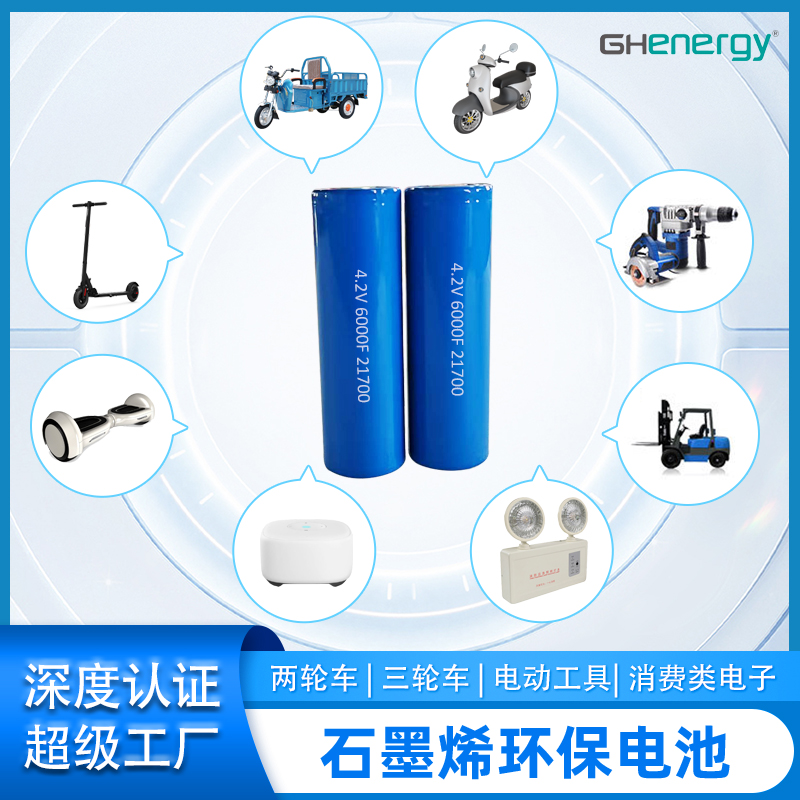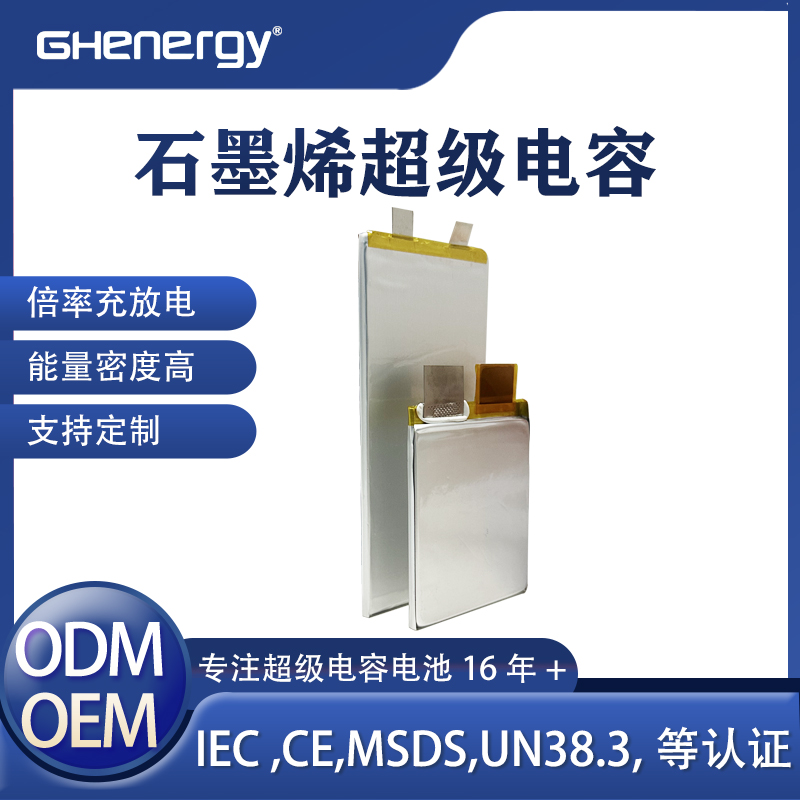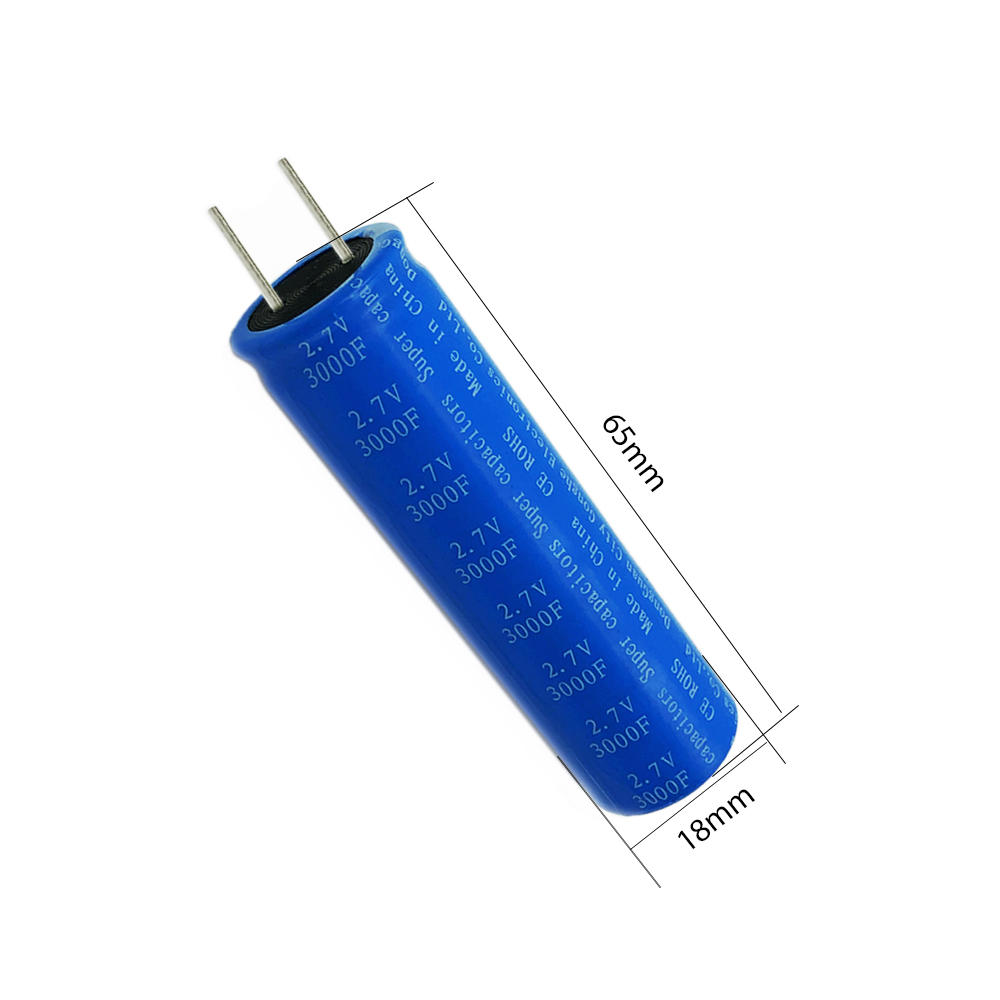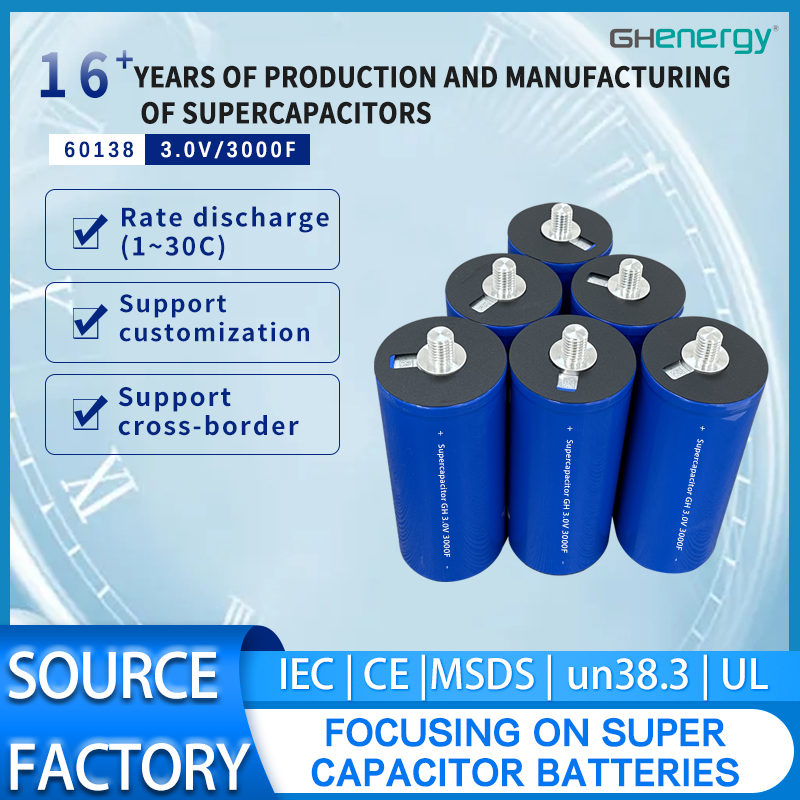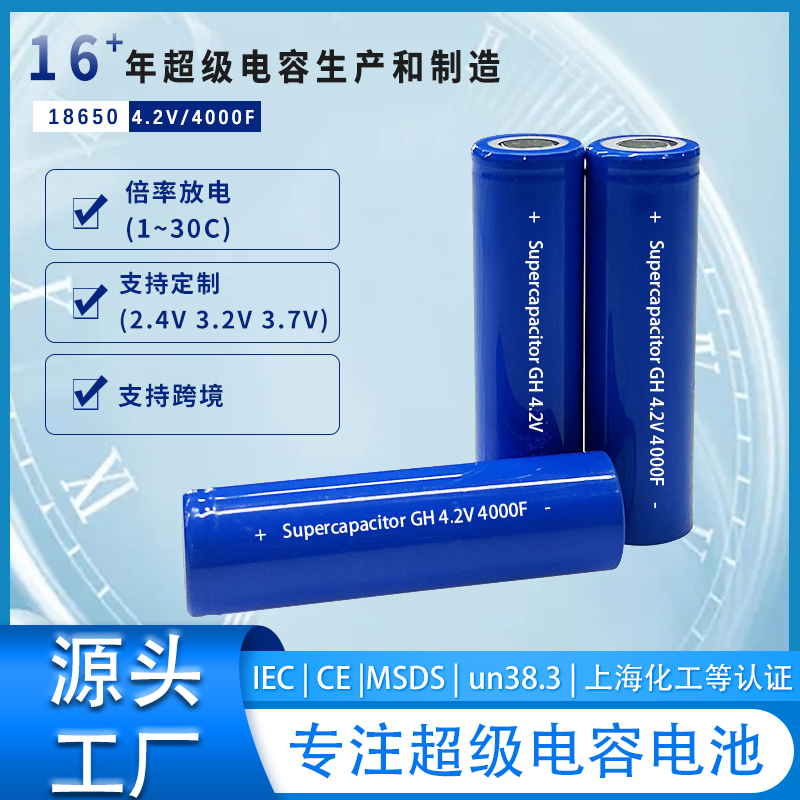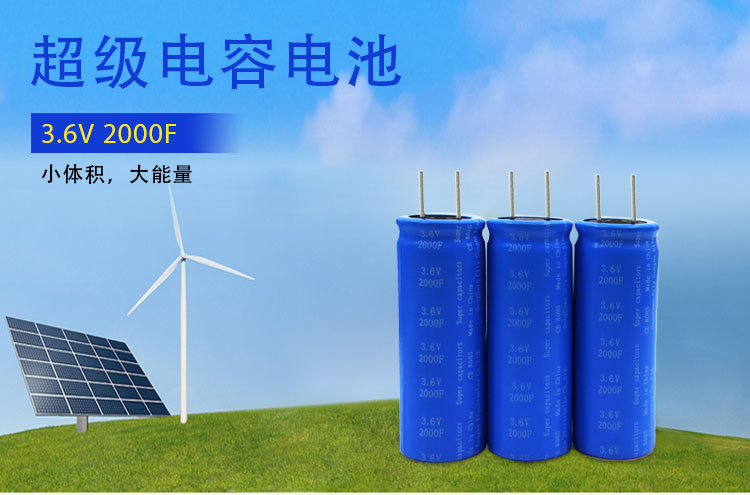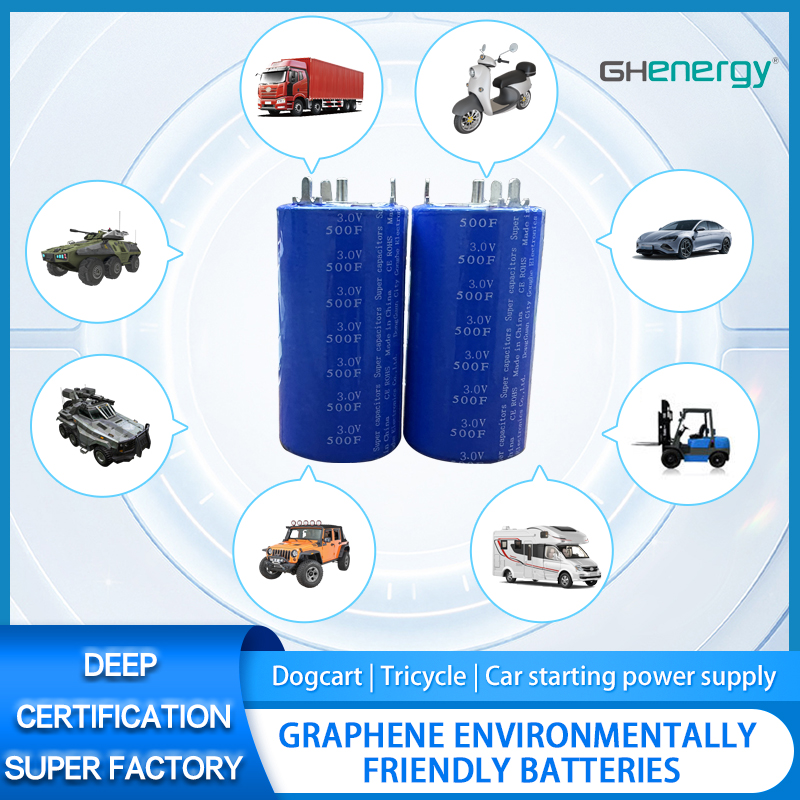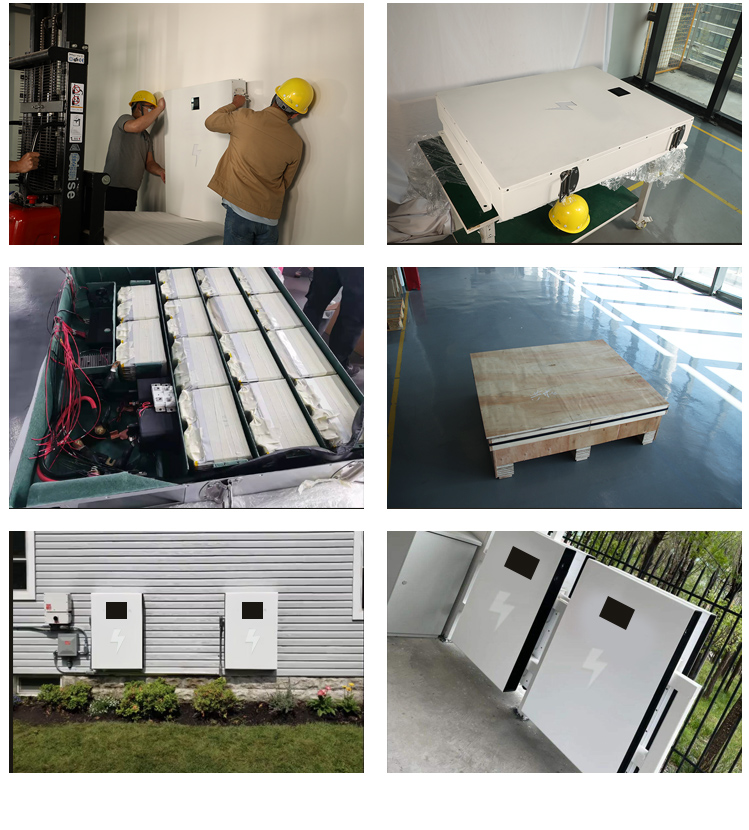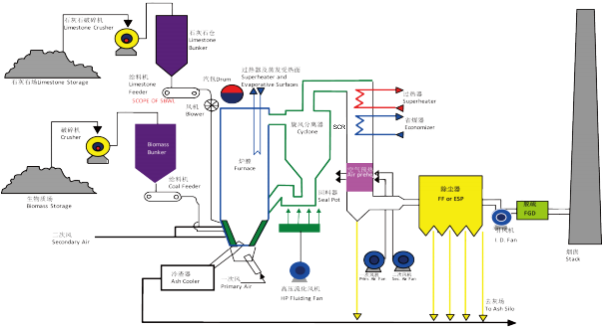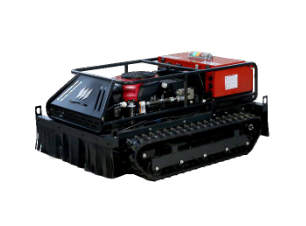Wedoany.com Report-Nov 25,The US Environmental Protection Agency proposed to strengthen limits on emissions of nitrogen oxides (NOx) from most new, modified, and reconstructed fossil fuel-fired stationary combustion turbines. The proposal would ensure that new turbines built at power plants or industrial facilities—especially large ones that could operate for decades—would be among the most efficient and lowest-emitting turbines ever built.
NOx contributes to harmful health effects, such as asthma and respiratory infections, and reacts with other volatile organic compounds to form ozone (i.e., smog) and fine particulate matter. Children, the elderly, and people with chronic heart, lung, or other cardiopulmonary diseases are most at risk.
The proposed New Source Performance Standards (NSPS) are based on the application of combustion controls and selective catalytic reduction (SCR), a cost-reasonable and widely used add-on control technology that limits emissions of NOx. In addition, EPA is proposing to maintain the current limits for sulfur dioxide, which is well-controlled in this sector based on the long-term required use of low-sulfur natural gas and distillate fuels. The proposed stronger standards for NOx would apply to facilities that begin construction, reconstruction, or modification after the date of publication of the proposed standards in the Federal Register.
EPA estimates this proposed rule would reduce NOx emissions by 198 tons in 2027 and 2,659 tons in 2032.
To strengthen the NOx performance standards for new stationary combustion turbines, EPA is proposing:
To determine that combustion controls with the addition of post-combustion SCR is the best system of emission reduction (BSER) for most combustion turbines.
To lower the NOx standards of performance for affected sources based on the application of the BSER.
To establish more protective NOx standards for affected new sources that plan to fire or co-fire hydrogen, ensuring that these units have the same level of control for NOx emissions as sources firing natural gas or non-natural gas fuels.
EPA is proposing size-based subcategories that reflect consideration of the performance of different combustion turbine designs and current NOx control technologies. The proposed NSPS would establ size-based categories based on base load heat input. The proposed size-based categories include:
Large combustion turbines — facilities with a base load heat input rating of > 850 MMBtu/h (> ~ 85 MW).
Medium combustion turbines — facilities with a base load heat input rating of > 250 and ≤ 850 MMBtu/h (> ~ 25 MW and ≤ ~ 85 MW).
Small combustion turbines — facilities with a base load heat input rating of ≤ 250 MMBtu/h (≤ ~ 25 MW).
EPA is proposing to further subcategorize affected sources based on whether they operate at high, intermediate, or low loads and whether they burn natural gas or non-natural gas fuels. When classifying low, intermediate, or base load units, EPA will consider the 12-calendar-month capacity factor of these combustion turbines.
High load — capacity factor greater than 40% (i.e., base load).
Intermediate load — capacity factor greater than 20% and less than or equal to 40%.
Low load — capacity factor of less than or equal to 20%.
For non-EGU stationary combustion turbines, the capacity factor would be determined based on the prior 12 calendar months of data on a rolling basis updated each month.
EPA also recognizes that at smaller sizes and at lower or more variable operating levels the cost-reasonableness on a per-ton basis and efficacy of SCR technology becomes less favorable. Thus, EPA proposes to establish standards for certain combustion turbines based on the use of combustion controls without SCR. This includes small combustion turbines that operate at low and intermediate loads; medium combustion turbines that operate at low loads; and large combustion turbines that operate at low loads.
